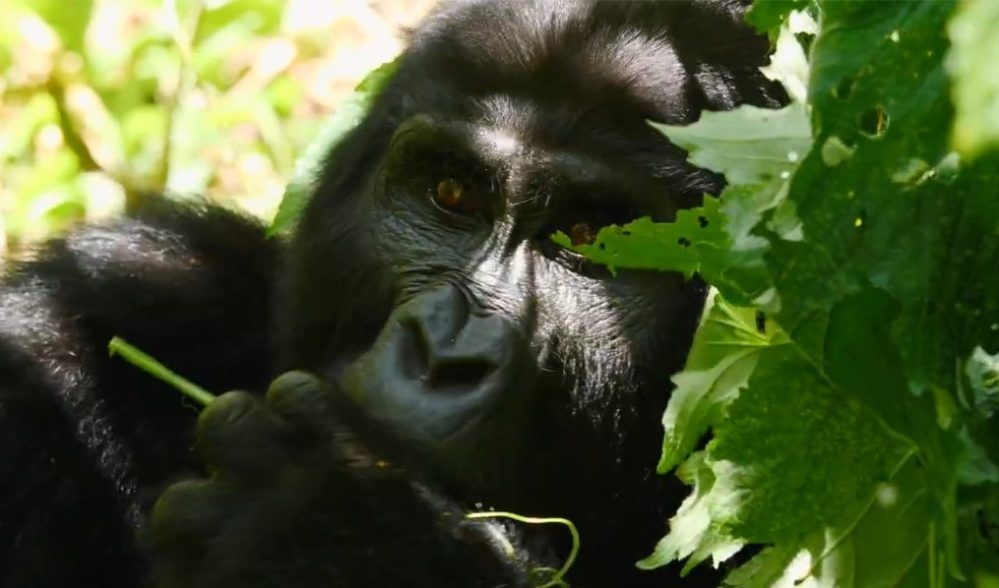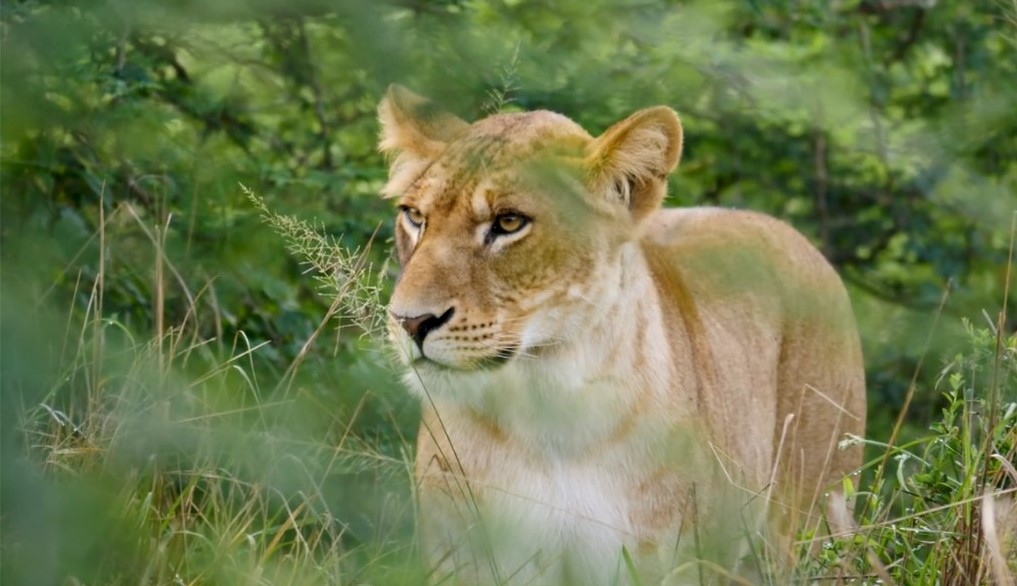Shoebills & birding Uganda safari packages
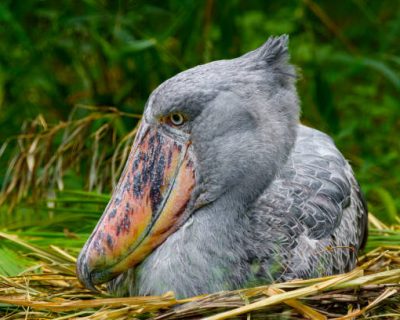
1 day shoebills sighting Uganda safari
Shoebill tour on boat cruise to the Mabamba swamp at the shores of lake Victoria
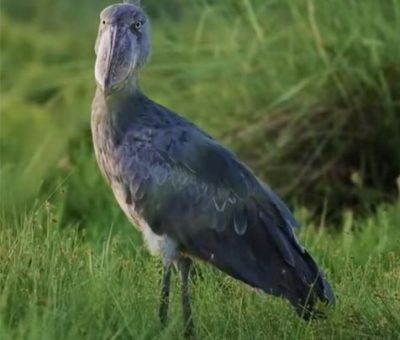
4 days Uganda Shoebill & birding safari
Shoebills, source of the R. Nile & sports, L. Victoria shores, city tour, coffee shops & cuisines
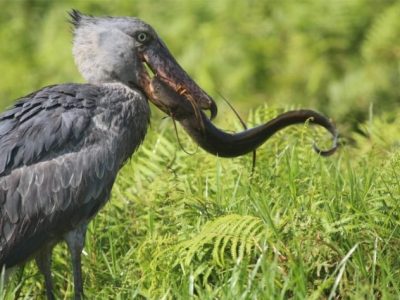
5 days Shoebill Murchison birding safari
Shoebills & rhino tracking, nature walks, Murchison falls & R. Nile, boat cruise, game drives
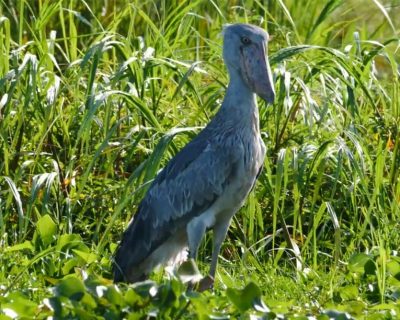
10 days shoebill & primates Uganda safari
Shoebills & birding, gorilla trekking, chimpanzee tracking, river Nile & water falls, boat cruise, game drives, sceneries
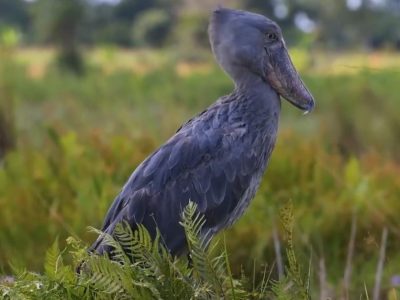
18 days Uganda shoebill birding & primates safari
Shoebills & birding, Africa's big 5 & game drives, chimpanzee & primates tracking, boat cruise, sceneries, photography, hiking, nature walks
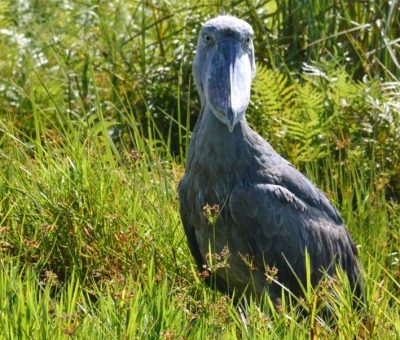
30 days birding & wildlife shoebill Uganda safari
Shoe bills & birding, gorilla trekking, olden monkeys & chimpanzee tracking, R. Nile & water falls, boat cruise, Africa's big 5, hiking

